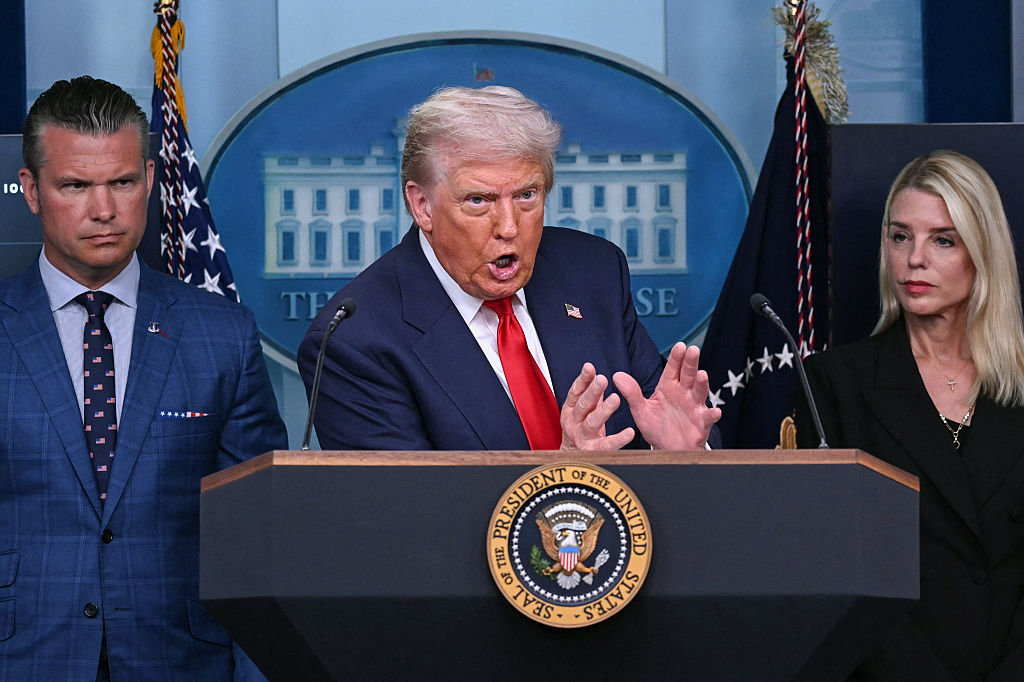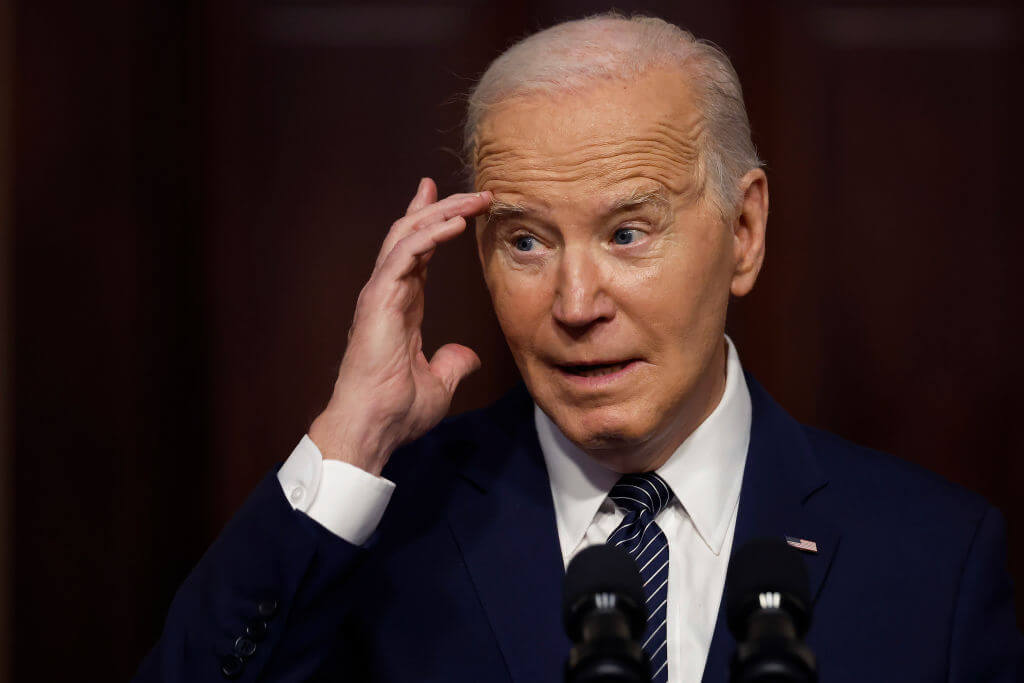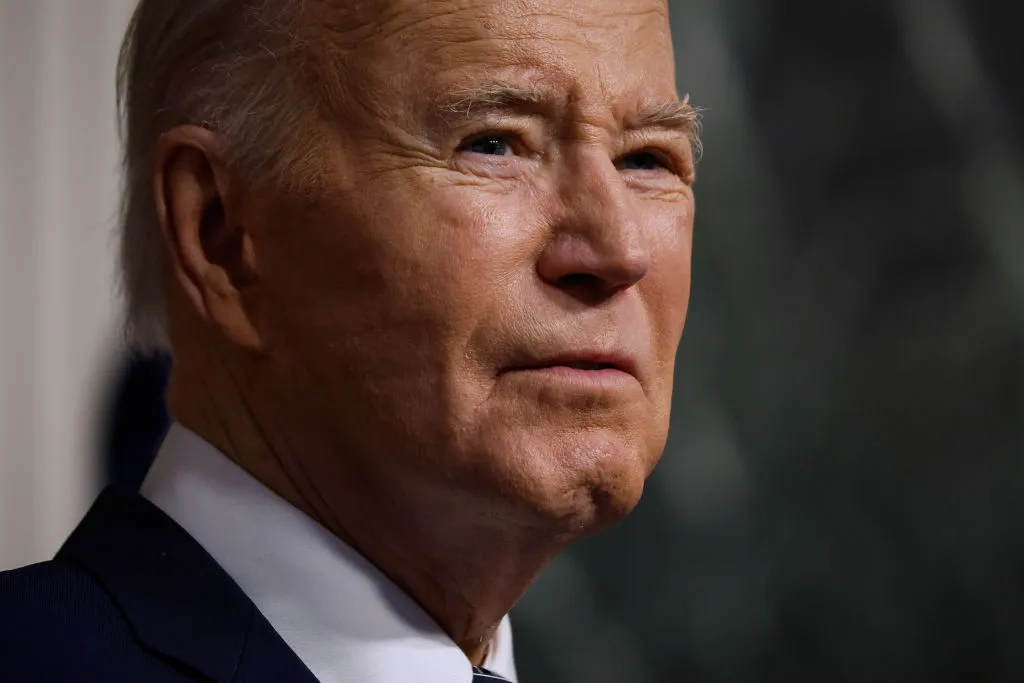So much for the theory that Covid-19 would change working practices for good: that we would divide our time between the office and our sofas — or work remotely all the time. The writing was on the wall when Zoom — the very business which profited most from remote working during the pandemic — ordered its staff back into the office in 2023. Goldman Sachs, Amazon, Twitter and many others followed.
It seems the public sector will no longer be a sanctuary, either, now that Donald Trump is using flexible working as a device to shrink the federal government. The Office of Personnel Management has issued an ultimatum — alongside a generous redundancy offer — telling federal workers either to return to the office full-time or to resign. If they take redundancy there is an inducement: they can leave their jobs now but continue to be paid until the end of September.
The Wall Street Journal reports that White House officials estimate between five and 10 percent of employees will take up the offer, which would save £100 billion from the government’s wage bill in the long-term. The US federal government employs 2.4 million, excluding the military, so it would remove nearly a quarter of a million employees from the government payroll.
The US economy has become such a job-creating machine, anyone deciding to leave their government role should not, on the face of it, struggle to find alternative employment. The US economy created 256,000 jobs in December alone. Still, a shake-out on that scale will not cancel out the massive growth in public sector employment in recent years. According to the US Bureau of Labor Statistics, 440,000 government jobs were created in 2023, on top of 700,000 in 2023. (These are figures for government jobs as a whole, not just the federal government.)
Ordering officials back to the office is yet another sign that the Trump administration is not going to hang about — and that Elon Musk’s Department of Government Efficiency (DoGE) is likely to be one of its most active constituents. The order for government workers to return to their desks (or leave their jobs) echoes Musk’s orders he made on acquiring Twitter in November 2022. Employees there were also told that they would have to commit to long hours in the office if they wanted to keep their jobs. Within two months the company had shed 80 percent of its employees and was down to 1,300 full-time workers.
The corollary to this is that Twitter’s revenue also collapsed, from $1.176 trillion in the second quarter of 2022 to £309 million in the same quarter two years later. It’s a reminder that downsizing your staff doesn’t necessarily lead to a leaner, meaner business: it can also downsize your revenue and profits. The federal government’s shrinking experiment will be keenly watched in countries like the UK, where the civil service has mushroomed in recent years without any obvious increase in output (it is hard to tell what the extra staff are doing, and many of them are claiming they can now do their work in four days a week rather than five). For some, less “business” activity on the part of the government would not necessarily be a bad thing.


























Leave a Reply